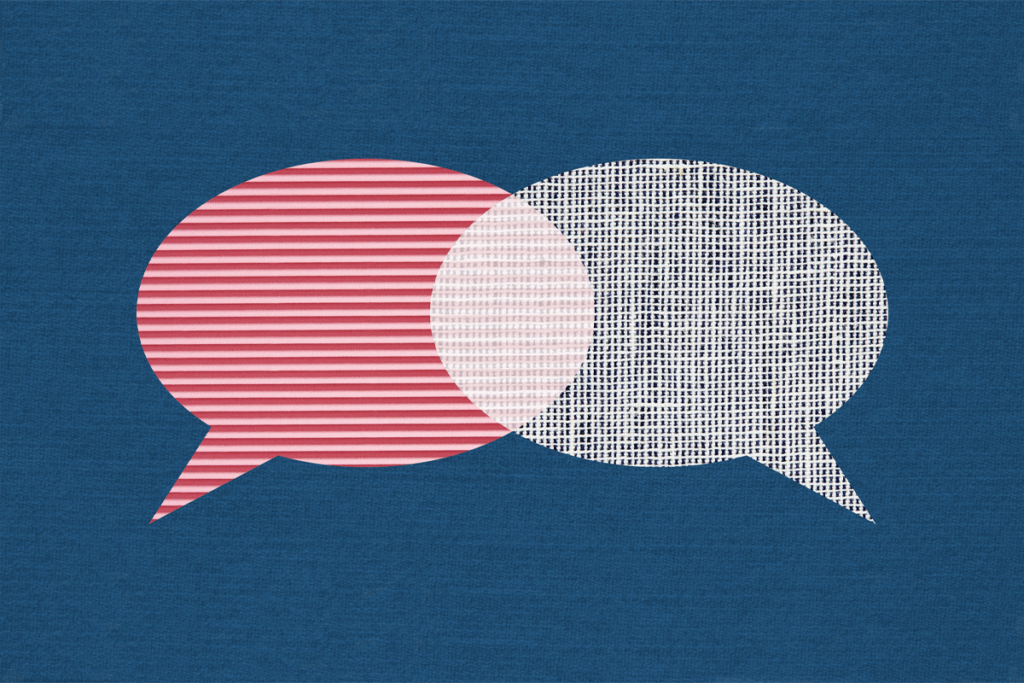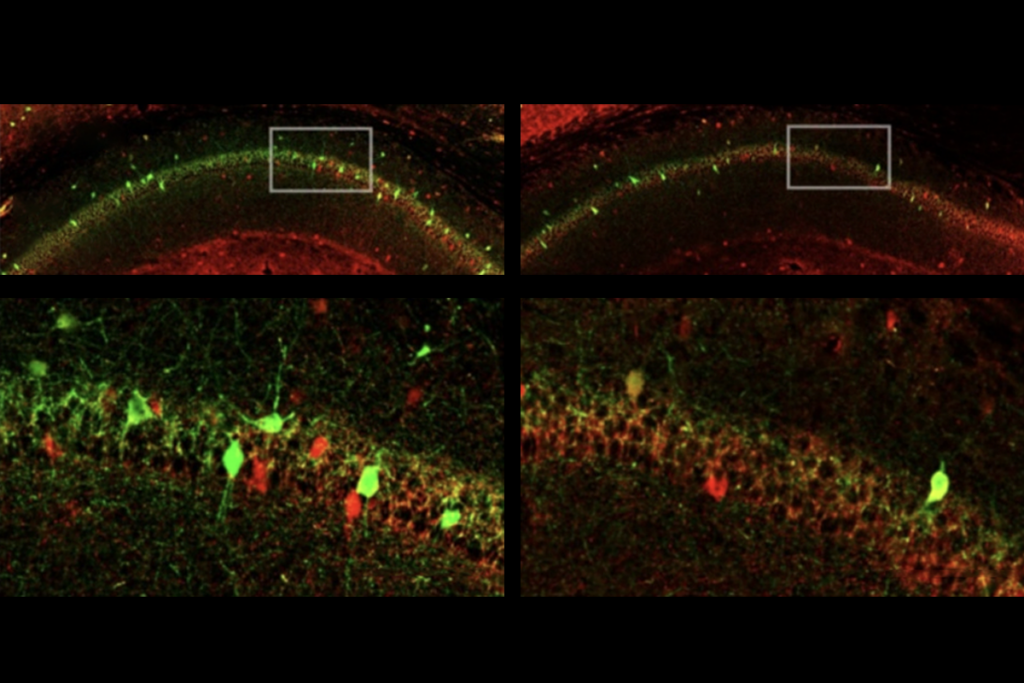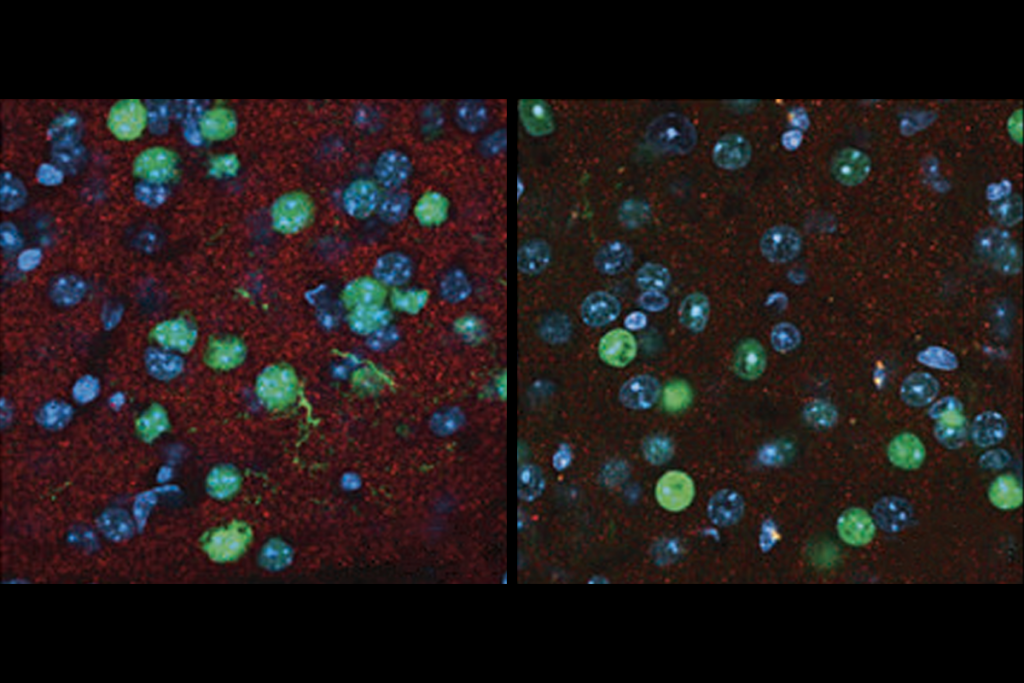Autism
Recent articles
Profiles of neurodevelopmental conditions; and more
Here is a roundup of autism-related news and research spotted around the web for the week of 5 January.

Profiles of neurodevelopmental conditions; and more
Here is a roundup of autism-related news and research spotted around the web for the week of 5 January.
Spectrum 2025: Year in review
Revisit some of the conversations and debates—on topics from leucovorin to the gut microbiome—that have shaped autism research in the past 12 months.

Spectrum 2025: Year in review
Revisit some of the conversations and debates—on topics from leucovorin to the gut microbiome—that have shaped autism research in the past 12 months.
Talking shop: The Transmitter’s top quotes of 2025
Find out what “may be one of the brain’s most underappreciated superpowers” and why it’s so crucial to “talk about our research in our everyday lives.”

Talking shop: The Transmitter’s top quotes of 2025
Find out what “may be one of the brain’s most underappreciated superpowers” and why it’s so crucial to “talk about our research in our everyday lives.”
Autism in Kenya, organoid research, and more
Here is a roundup of autism-related news and research spotted around the web for the week of 22 December.

Autism in Kenya, organoid research, and more
Here is a roundup of autism-related news and research spotted around the web for the week of 22 December.
Glutamate receptors, mRNA transcripts and SYNGAP1; and more
Here is a roundup of autism-related news and research spotted around the web for the week of 15 December.

Glutamate receptors, mRNA transcripts and SYNGAP1; and more
Here is a roundup of autism-related news and research spotted around the web for the week of 15 December.
Among brain changes studied in autism, spotlight shifts to subcortex
The striatum and thalamus are more likely than the cerebral cortex to express autism variants or bear transcriptional changes, two unpublished studies find.

Among brain changes studied in autism, spotlight shifts to subcortex
The striatum and thalamus are more likely than the cerebral cortex to express autism variants or bear transcriptional changes, two unpublished studies find.
Insights on suicidality and autism; and more
Here is a roundup of autism-related news and research spotted around the web for the week of 8 December.

Insights on suicidality and autism; and more
Here is a roundup of autism-related news and research spotted around the web for the week of 8 December.
Exclusive: Springer Nature retracts, removes nearly 40 publications that trained neural networks on ‘bonkers’ dataset
The dataset contains images of children’s faces downloaded from websites about autism, which sparked concerns at Springer Nature about consent and reliability.

Exclusive: Springer Nature retracts, removes nearly 40 publications that trained neural networks on ‘bonkers’ dataset
The dataset contains images of children’s faces downloaded from websites about autism, which sparked concerns at Springer Nature about consent and reliability.
Plumbing the link between anti-CASPR2 antibodies and autism; and more
Here is a roundup of autism-related news and research spotted around the web for the week of 1 December.

Plumbing the link between anti-CASPR2 antibodies and autism; and more
Here is a roundup of autism-related news and research spotted around the web for the week of 1 December.
SHANK3 deficiency and behavior in mice; and more
Here is a roundup of autism-related news and research spotted around the web for the week of 24 November.

SHANK3 deficiency and behavior in mice; and more
Here is a roundup of autism-related news and research spotted around the web for the week of 24 November.
Explore more from The Transmitter
Some facial expressions are less reflexive than previously thought
A countenance such as a grimace activates many of the same cortical pathways as voluntary facial movements.

Some facial expressions are less reflexive than previously thought
A countenance such as a grimace activates many of the same cortical pathways as voluntary facial movements.
Cracking the neural code for emotional states
Rather than act as a simple switchboard for innate behaviors, the hypothalamus encodes an animal's internal state, which influences behavior.

Cracking the neural code for emotional states
Rather than act as a simple switchboard for innate behaviors, the hypothalamus encodes an animal's internal state, which influences behavior.
Alex Maier argues that a scientific explanation of consciousness requires grounding in formalized mathematics
When it comes to discovering laws of nature for consciousness similar to those in physics, Maier argues that integrated information theory is the only game in town.
Alex Maier argues that a scientific explanation of consciousness requires grounding in formalized mathematics
When it comes to discovering laws of nature for consciousness similar to those in physics, Maier argues that integrated information theory is the only game in town.